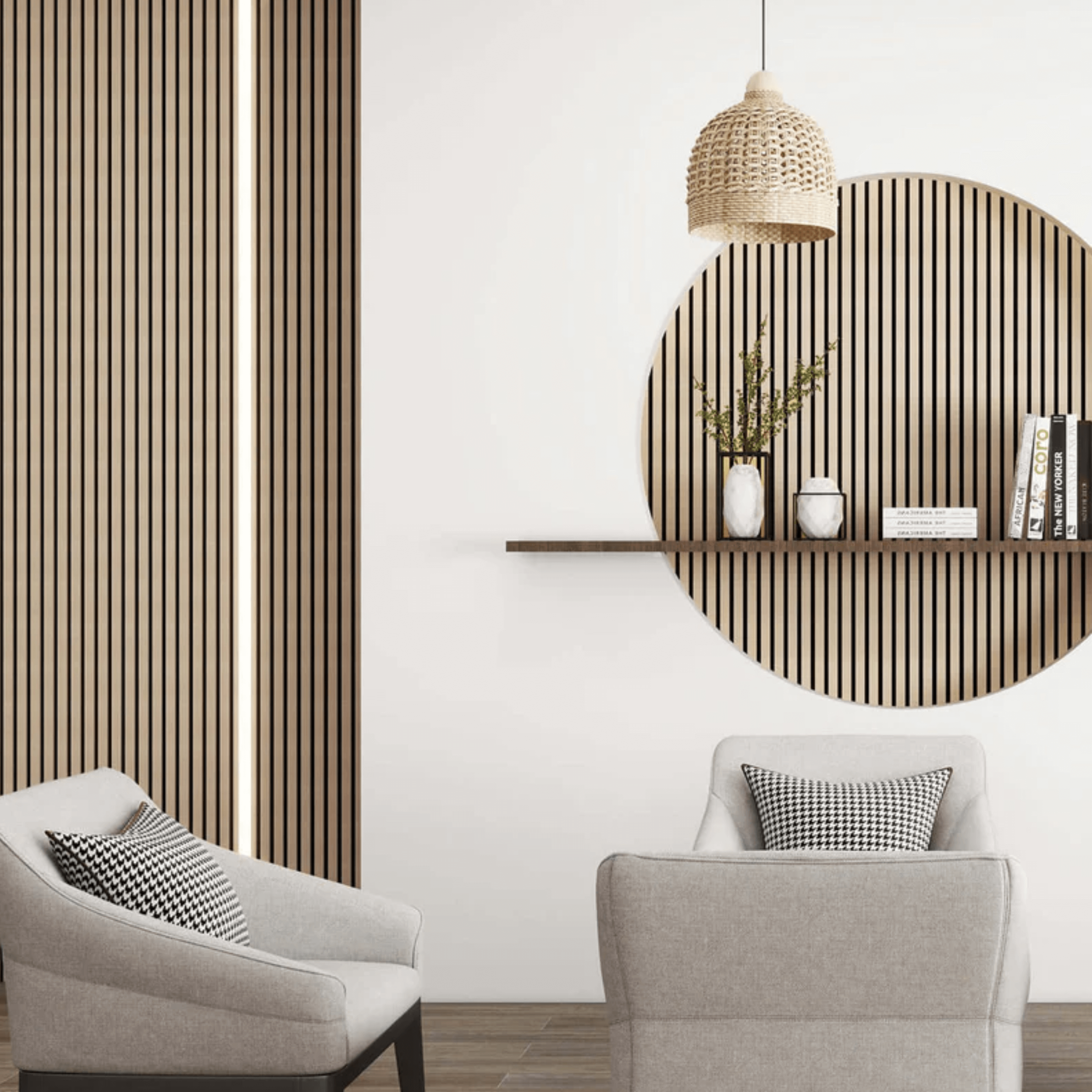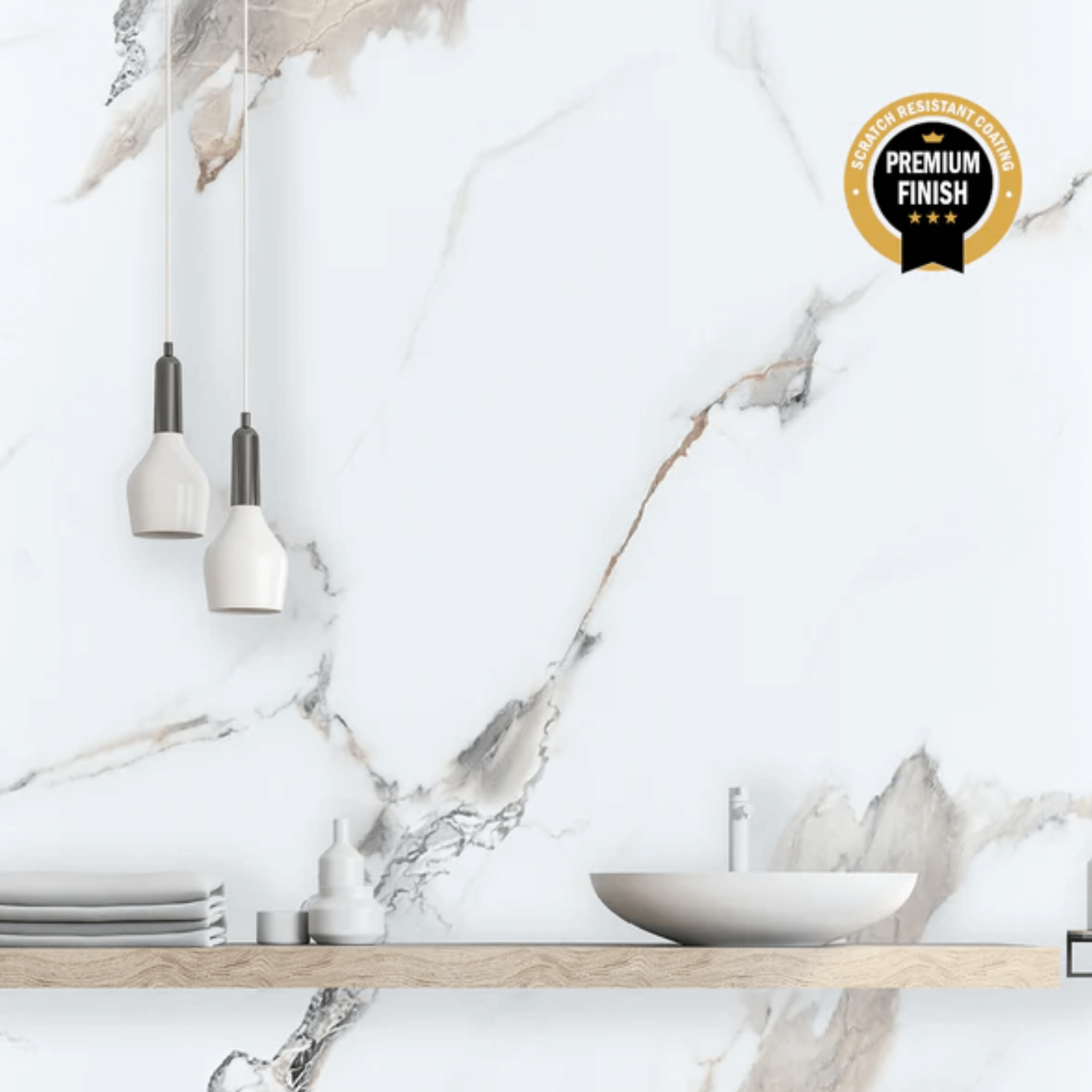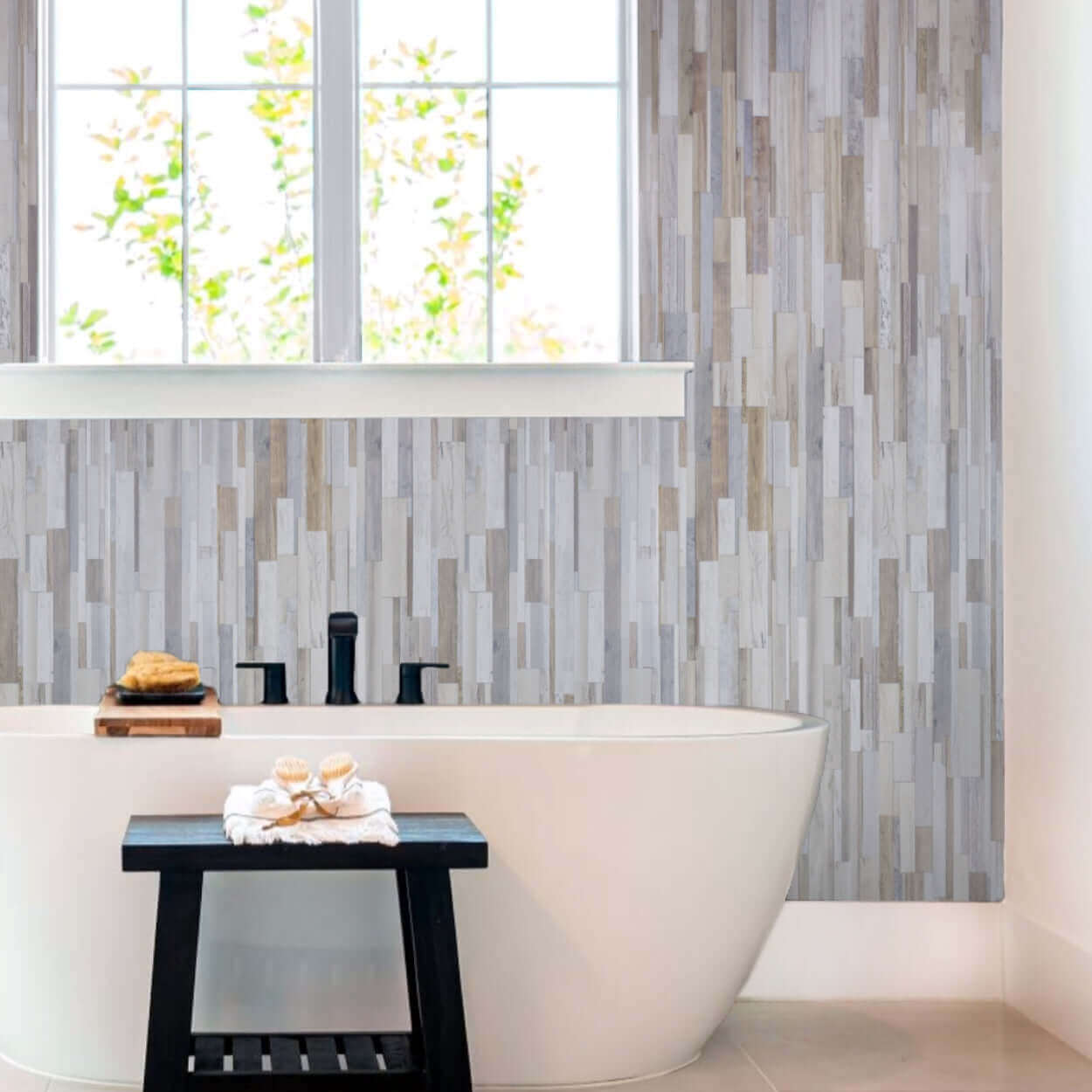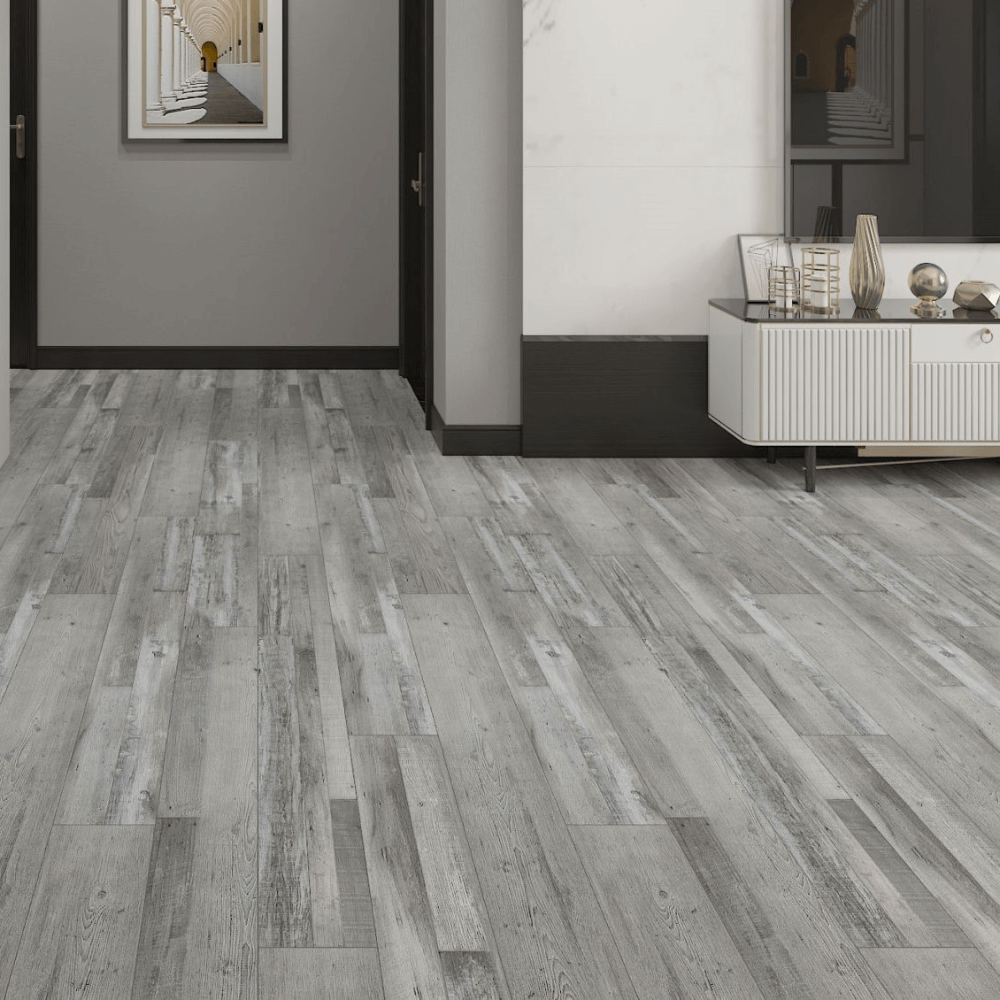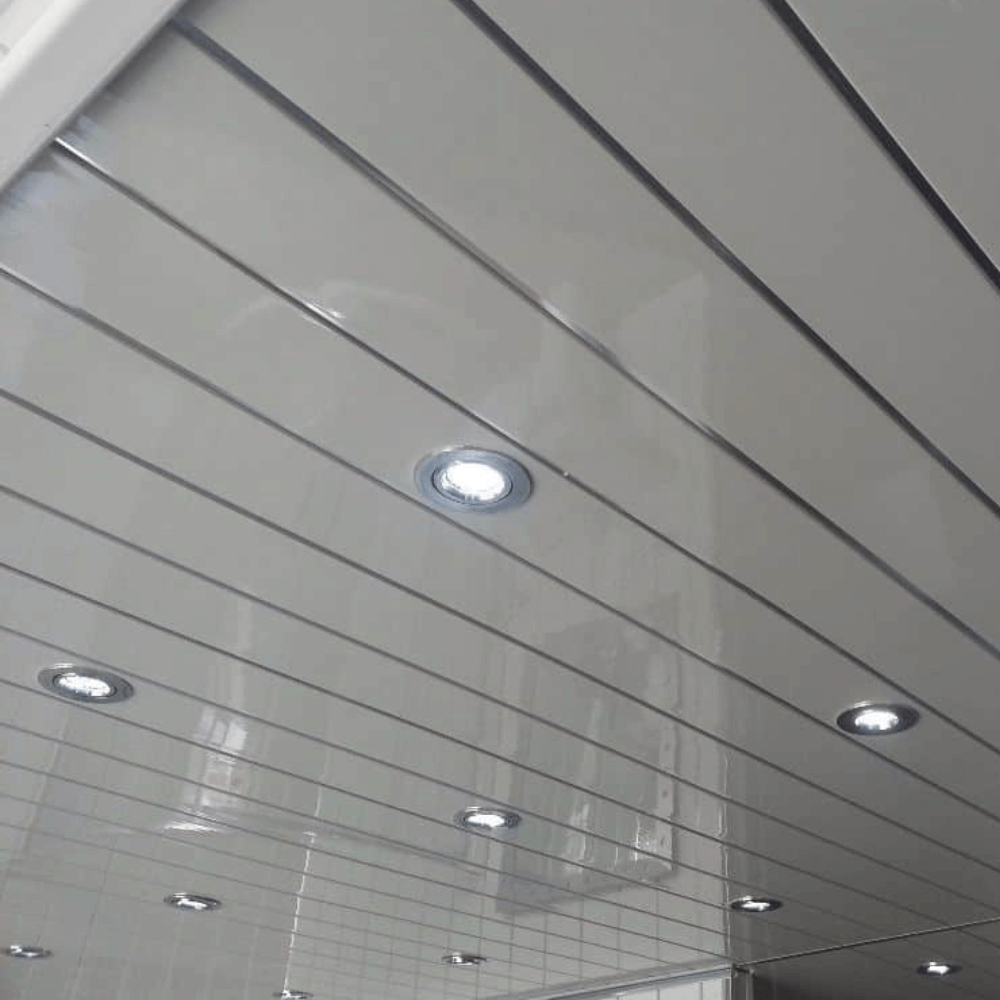Ensuring your shower is properly waterproofed is crucial to prevent water damage and maintain the integrity of your bathroom. Here’s a step-by-step guide on how to effectively waterproof your shower, whether you're starting from scratch or renovating an existing setup.
Understanding Waterproofing Methods
Waterproofing your shower involves creating a barrier that prevents water from seeping into surrounding surfaces. This can be achieved through various methods:
1. Sealant Application
- Application: Sealant is applied directly onto walls or tiles to create a waterproof barrier.
- Preparation: Ensure surfaces are clean and dry before applying sealant.
- Advantages: Ideal for areas previously painted; offers a flexible and effective water-resistant coating.
2. Polyurethane Paint
- Usage: Applied similarly to silicone caulk, polyurethane paint offers greater flexibility to accommodate temperature and moisture fluctuations.
- Benefits: Provides a durable, waterproof layer over existing surfaces like tiles or paint.

3. Shower Wall Panels
- Installation: Panels are placed over existing surfaces using adhesive and can be trimmed for a seamless fit.
- Advantages: Offers complete waterproofing and is aesthetically pleasing; suitable for covering tiles or bare bathroom walls.
Waterproofing vs. Water-Protecting
- Waterproofing: Ensures the entire shower enclosure is completely watertight, preventing any water penetration into walls or floors.
- Water-Protecting: Involves adding materials to surfaces to protect against water damage without creating a fully watertight seal. Common in bathrooms but less effective for long-term protection.
Checking for Existing Waterproofing
- Signs of Issues: Look for signs such as rotting floors or walls, especially in corners or near water sources, along with visible cracks or grout damage.
- Verification: Proper waterproofing includes the use of silicone sealant or trim around edges to prevent mould and mildew growth.
Materials Needed
To effectively waterproof your shower, gather the following materials:
- Waterproof Membrane: Choose from options like silicone, plastic, or fiberglass, depending on your project needs.
- Vinyl Tile/Wall Panels: Provide additional waterproofing and aesthetic appeal when installed over shower enclosures or wet rooms.
- Waterproof Adhesive: Use urethane or specialised sealant to securely attach membranes and panels to surfaces.
Conclusion
Waterproofing your shower ensures longevity and reduces maintenance by preventing water damage and mould growth. Whether you opt for sealants, polyurethane paint, or shower wall panels, each method offers distinct advantages in terms of durability, ease of installation, and effectiveness. Prioritise proper preparation and material selection to achieve a reliable waterproof barrier in your bathroom, safeguarding both structural integrity and aesthetic appeal over the long term.




